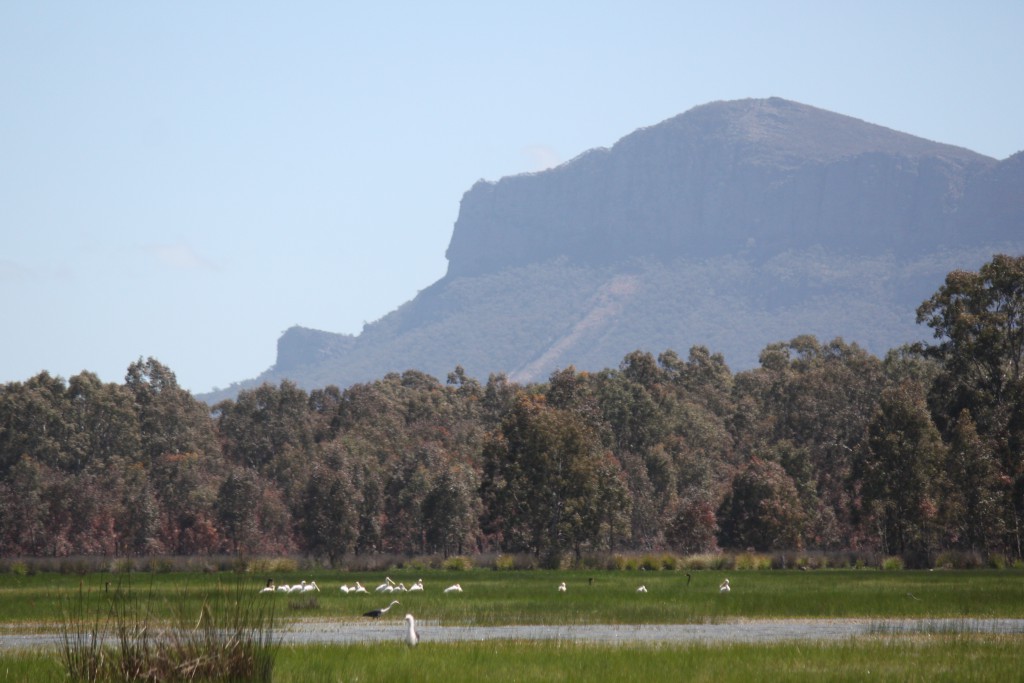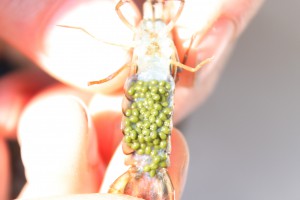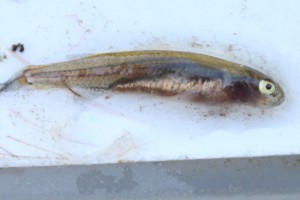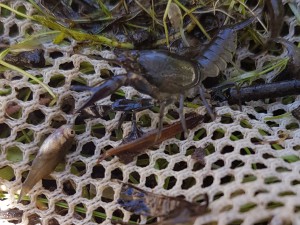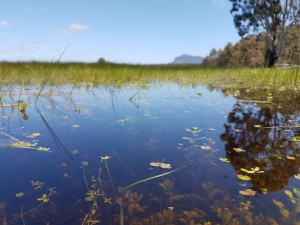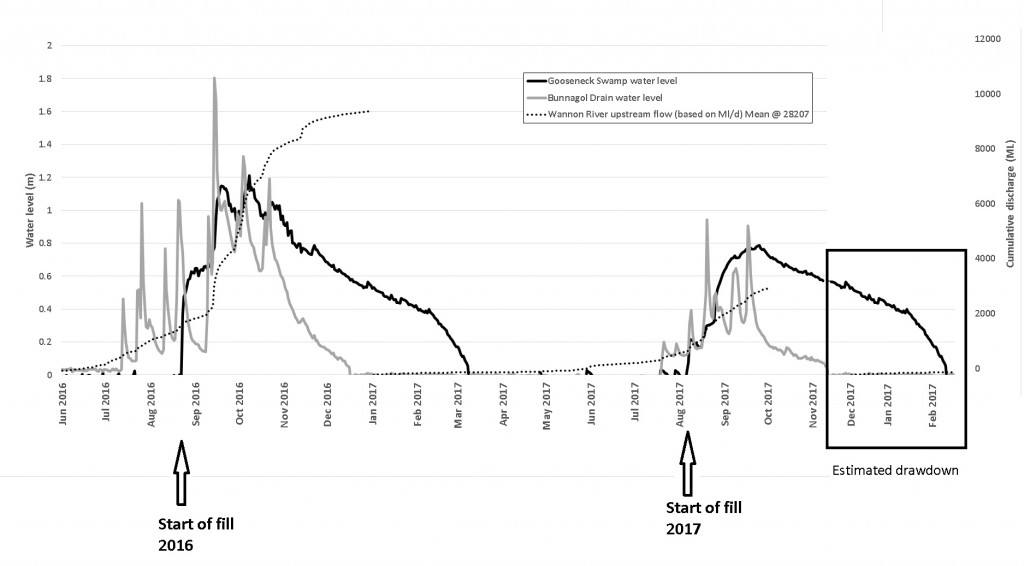Grampians wetlands update
After last year’s wet season, the 2017 wet season has snuck under the radar and with lots of other jobs on the go, I hadn’t been up to the Grampians to check in on Gooseneck and Brady Swamps for a while. Well I wasn’t disappointed when I finally did!
Both wetlands are looking the best I have ever seen them with a healthy explosion of wetland vegetation and a strong assemblage of waterbirds. Below the surface there is also evidence of fish breeding with both juvenile southern pygmy perch and little galaxias been found with just a couple of sweeps of the dipnet, not to mention the background chorus of growling grass frogs.
I placed a camera underwater while I took a look around and you can see some of the footage here. See if you can spot the shield shrimp, tadpole, southern pygmy perch and dwarf galaxiid. You might also notice a swimming leaf. It’s a stick caddis.
It has also been an interesting year to observe the legacy of last year’s rainfall. Despite lower inflows, Gooseneck Swamp started filling a couple of weeks earlier than in 2016 and this reflects how the floodplain has retained last years water and has required less ‘wetting-up’ to achieve surface inundation. Online flow data for the upper Wannon River is only available up until September but rainfall patterns suggest flows have now plateaued and, barring any significant rain from hereon in, we can expect the wetlands to hold some water until the end of January next year.
This is a great result for all of the wetland dependent plants and animals to complete critical phases of their life-cycle – remembering that such species would have been compromised in a year like this, before we completed restoration works (when artificial drainage was still impacting these wetlands).

